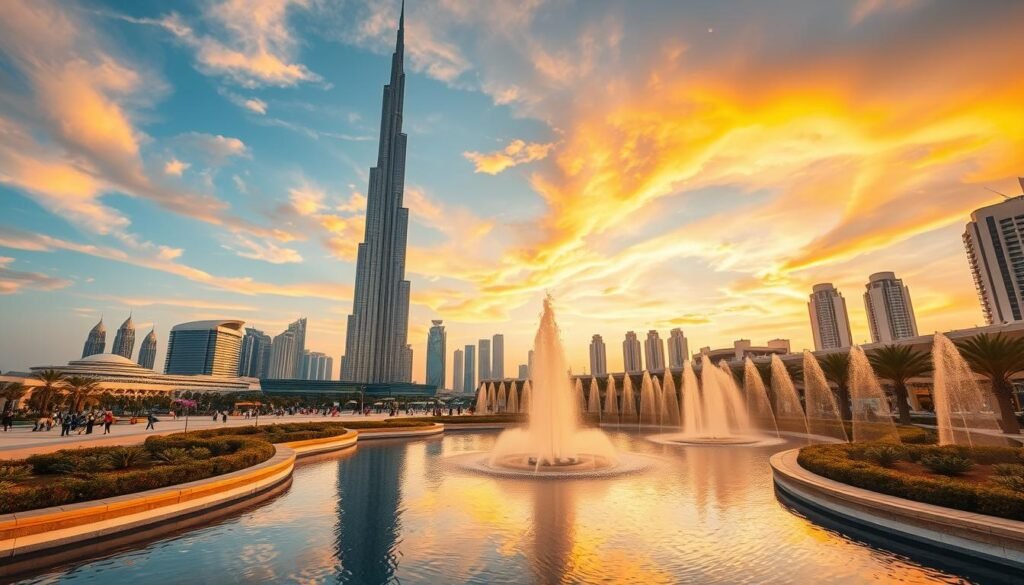Surprising fact: summer 2024 averaged about 1.27 million international visitors per month, versus nearly 2 million in February, showing how crowds shrink in the heat.
I’ll give you my practical, traveler-first take so you can decide quickly whether you want pleasant weather or the biggest savings. I focus on what matters: flights, hotel rates, and how crowded attractions feel.
Dubai’s desert climate shapes every choice. November through March brings sunny days and mild temps — December and January often hit the 70s by day and low 60s at night. Rain is rare; annual totals are under seven inches, so skies stay clear most of the year.
I set clear expectations for peak (Nov–Mar), shoulder (Apr–May, Sep–Oct), and low (Jun–Aug) seasons. In summer I lean toward AC-filled plans like mega-malls and museums, while winter is perfect for desert sunsets and outdoor sights.
Key Takeaways
- Peak season offers ideal weather and big crowds.
- Shoulder months balance comfort and value.
- Low season has extreme heat but lower prices and fewer people.
- Plan outdoor days in winter; pick indoor attractions in summer.
- Book major experiences around crowd patterns to skip lines.
At a glance: My take on the best time to visit Dubai right now
My quick read: pick months that match whether you want mild days or the lowest prices. I’ll keep this short so you can book or skip right away.
Quick verdict: november march for weather, June to September for deals
November–March gives the clearest weather with daytime highs often in the 70s and cool evenings. That season is also the peak for events and crowds.
June–September brings the lowest prices, fewer visitors, and easy bookings. Heat and humidity are intense, so I plan AC-first days—malls, museums, and indoor attractions—when I chase deals.
- I aim for November–March when I want flawless outdoor days; I switch to summer for wallet-friendly rates and easier reservations.
- October is a smart bridge month: milder temps and lingering deals before peak season ramps up.
- If I want shorter lines, I travel in the hottest months and focus on indoor activities and long lunches.
| Season | What I get | Where I focus |
|---|---|---|
| Nov–Mar | Mild weather, busy peak, higher prices | Outdoor sights, dubai shopping, events |
| Jun–Sep | Lowest prices, fewer crowds, extreme heat | Malls, museums, indoor plans |
| Oct | Bridge month, decent deals | Flexible itineraries, better availability |
Best time to visit Dubai: seasons, weather, and what to expect
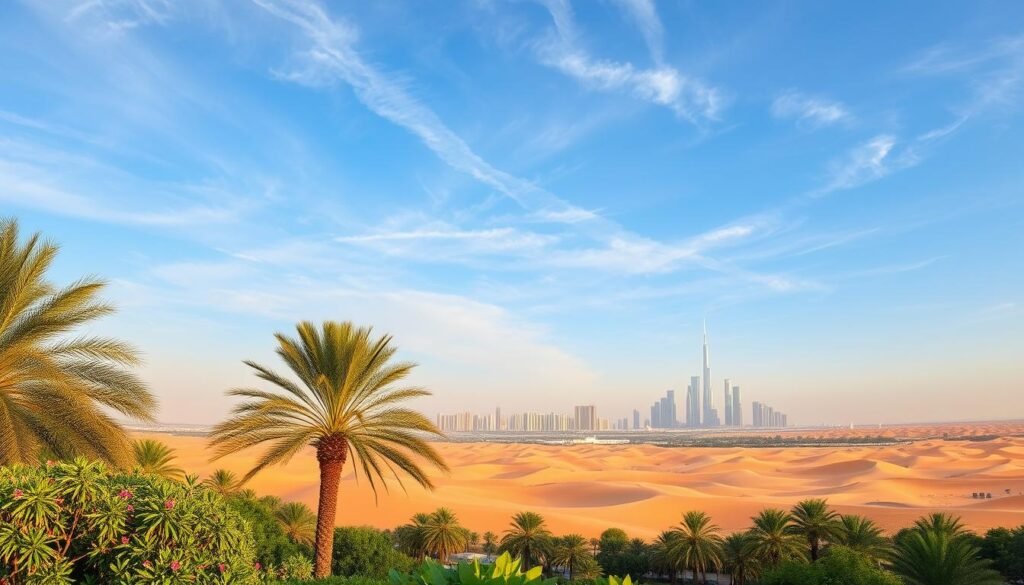
Here’s a clear season-by-season read so you can match forecasts and crowds with your priorities. I lay out what each season delivers and how I change plans around heat, events, and prices.
Winter (November–March): sunny days, mild temperatures, peak season energy
Winter brings the city’s nicest weather. Daytime highs sit in the 70s–80s°F and nights dip into the low 60s.
I spend long mornings outdoors—gardens, beaches, and old Dubai strolls—because clear skies and mild temperatures make the city easy to explore.
“November–March is when the events calendar lights up and crowds swell, so book marquee experiences early.”
Shoulder months (April–May, September–October): warm, manageable, fewer crowds
Shoulder months often stay below 100°F and feel warm but not overwhelming. Crowds thin and prices ease a bit.
I treat these months like a sweet spot: earlier starts, evening walks, and better availability at top restaurants and attractions.
Summer (June–August): extreme heat, lowest prices, indoor fun
Summer brings intense heat and humidity; real-feel temperatures can soar well over 100°F. This is low season and you’ll find the smallest crowds and the best deals.
My summer strategy: short outdoor hops in mornings and evenings, and full mid-day plans inside—malls, Ski Dubai, and immersive museums.
- Rain is rare year-round (under seven inches), so I plan almost everything for sun.
- I watch October and late September for value; they often act as a ramp-up before peak season.
| Season | Typical temperatures | What I focus on |
|---|---|---|
| Winter (Nov–Mar) | 70s–80s°F days, low 60s nights | Outdoor sights, events, long waterfront walks |
| Shoulder (Apr–May, Sep–Oct) | Below 100°F, warm evenings | Early starts, lighter crowds, better availability |
| Summer (Jun–Aug) | Very hot, high humidity, real-feel 100+°F | Indoor attractions, deals, shorter outdoor windows |
For a deeper seasonal guide and booking tips, I also reference a useful roundup on the best time visit.
Weather by month and what I actually do in each
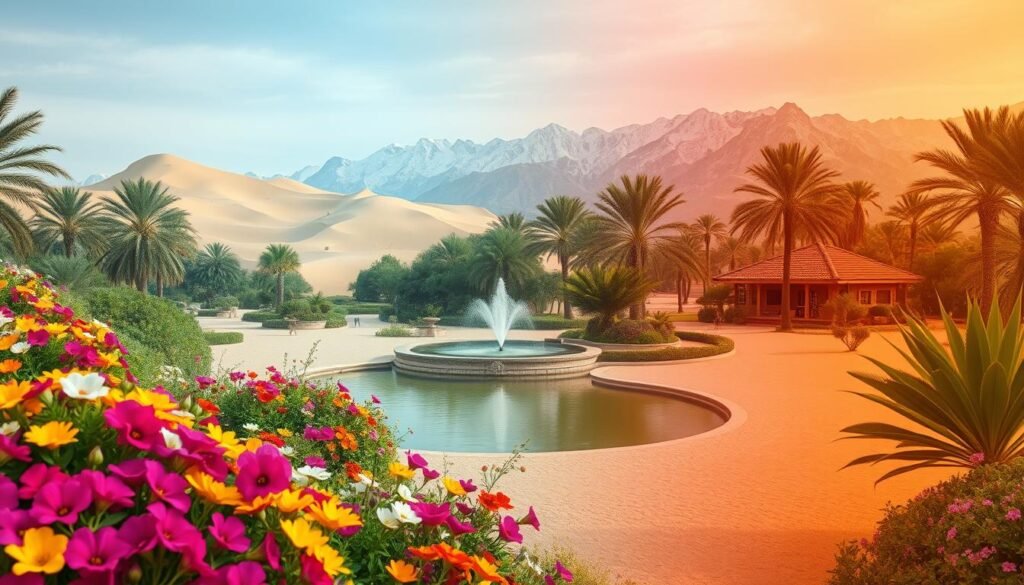
I plan each month around how the weather shapes what I can actually do outdoors and inside. That simple rule helps me pick mornings for sun and afternoons for AC when needed.
November–March
Daytime temperatures sit in the 70s–80s°F, so I book long beach days, waterfront walks, and an evening desert safari for golden-hour photos. I stack outdoor activities and leave room for a cooler night walk.
April–May
These months warm up but usually stay below 100°F early on. I set early alarms for open-air sights, then switch to city attractions after late morning when lines are shorter.
June–August
Summer heat and humidity can spike, so I make AC my ally. I plan museum marathons, Ski Dubai sessions, and long lunches indoors, then step out at sunset for quick skyline shots.
September–October
Heat eases and deals pop up. I grab last-minute hotel rates and lock in reservation-heavy attractions before the winter rush. I always track temperatures and humidity and build buffer days so I can shuffle plans if a day feels too hot.
Peak season vs. shoulder vs. low: crowds, prices, and value
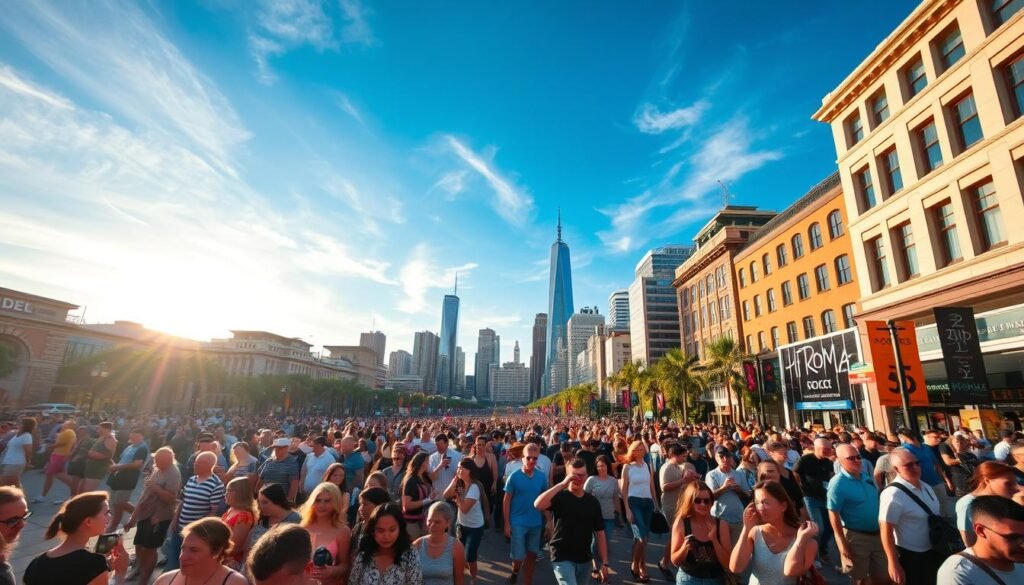
I sort my travel plans around how crowds and prices shift across the peak, shoulder, and low seasons. That simple lens helps me pick when to lock hotels or hunt last-minute deals.
Peak season (Nov–Mar): book early for Burj Khalifa, hotels, and restaurants
During the peak season, events attract more tourists and demand rises fast. I reserve Burj Khalifa time slots, top restaurants, and hotels weeks in advance to avoid sold-out dates.
- My rule: lock headline attractions and flexible hotel rates early, especially around holidays.
Shoulder: balanced itineraries, better availability, solid travel deals
In shoulder months I get manageable weather and easier bookings. I mix morning outdoor plans with midday indoor attractions and often spot solid deals on rooms and tours.
Low season: biggest savings, smallest crowds, plan around the heat index
Low season in summer gives the biggest value—lower hotel rates and far fewer visitors. I plan an AC-first schedule and book indoor slots for museums or mall attractions.
- I compare specific months since events can still push prices up; for families I lean toward shoulder months for balance.
“If you want fewer lines and serious savings, travel in the low months — just plan around the heat.”
Events and festivals that can shape your trip
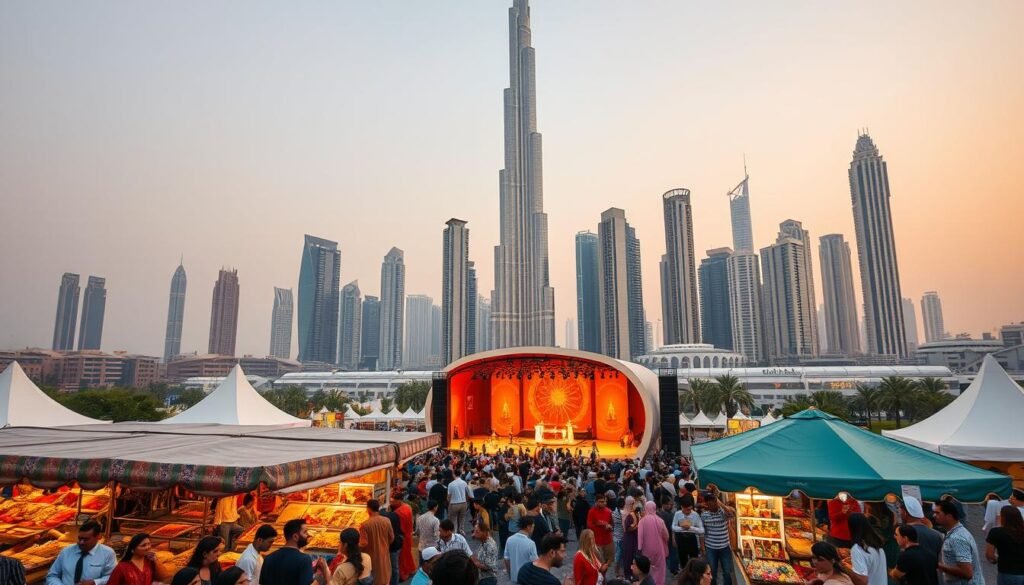
When festivals roll around, I change my itinerary to catch shows, sales, and special menus.
Dubai Shopping Festival runs mid-December through mid-January. I plan winter trips around this shopping festival for citywide discounts, concerts, fireworks, and public art. It makes shopping and nightlife feel full throttle.
Art, racing, and food draws
Art Dubai (March/April) pairs well with the Dubai World Cup in early April. I mark those dates when I want culture and spectacle rolled into one trip.
The Dubai Food Festival lands in late February to early March. Beach Canteen and chef pop-ups turn the coast into a food playground, and I save room for tasting menus and temporary stalls.
Ramadan: a different rhythm
Ramadan shifts operating hours and brings nightly iftar feasts. I treat it as a cultural window and book earlier when my travel overlaps Ramadan or Eid, since flights and hotels can spike.
- I leave a free evening to chase fireworks or waterfront shows.
- I build flexibility for surprise pop-ups and chef events.
- I watch dates closely and book hotels and restaurants ahead when major events fall in the same month.
| Event | When | Why I care |
|---|---|---|
| Dubai Shopping Festival | Mid-Dec to Mid-Jan | Sales, concerts, fireworks, public art |
| Art Dubai & Dubai World Cup | March/April (World Cup early Apr) | Art fairs, racing spectacle, big crowds |
| Dubai Food Festival | Late Feb–Early Mar | Beach Canteen, pop-ups, chef events |
| Ramadan / Eid | Falls in early months of the year | Iftar feasts, adjusted hours, booking spikes |
For a useful seasonal round-up and practical booking tips, I also check a local guide like this seasonal round-up when I plan dates.
First-timer game plan: how long to stay and what I never skip
![]()
If this is your first trip, a short, focused plan saves stress and helps you hit the highlights. I pick a length that matches what I want: a quick stopover or a fuller stay with room for rest.
How many days
For a stopover I give myself 2–3 days. That covers the burj khalifa, Dubai Mall and a Creek abra ride without rushing.
For a fuller trip I stay 4–6 nights. That adds the Museum of the Future, a sunset desert safari, Gold Souk, and beach downtime.
Can’t-miss attractions and activities
- Burj Khalifa — book early in peak season; aim for morning or late evening slots.
- Dubai Mall & fountain show, Museum of the Future, and the Gold Souk for contrast between modern and historic.
- Stack activities by neighborhood: Downtown, Old Dubai, and Palm Jumeirah save transit time.
Desert and water
I never skip a desert safari with dune bashing, camel rides, and a traditional dinner. I also leave an easy afternoon for beaches or a pool recovery after a late night.
Chasing fewer crowds
I target shoulder months or weekdays for bucket-list sights, and book headline restaurants in winter while enjoying easier walk-ins during summer.
Conclusion
I wrap this guide with a clear playbook so you can match months and moods to the trip you want.
Winter (Nov–Mar) gives mild weather and big events, but expect higher prices and fuller streets. Summer (Jun–Aug) delivers the lowest rates and thin crowds — plan indoor-first days around the heat.
Shoulder months (Apr–May, Sep–Oct) balance warm days, better availability, and solid deals. If festivals matter, book hotels and marquee experiences early and shape days around headline events like the Dubai Shopping Festival and food and art fairs.
Match each month to the activities you value, reserve essentials first, and leave a small window for surprise pop-ups or a spontaneous beach hour. For extra planning detail, check best time to visit Dubai.


